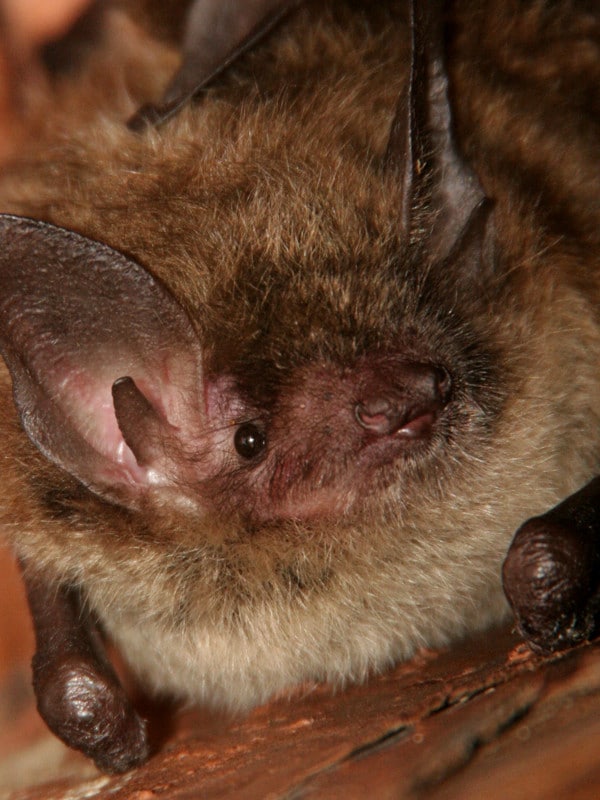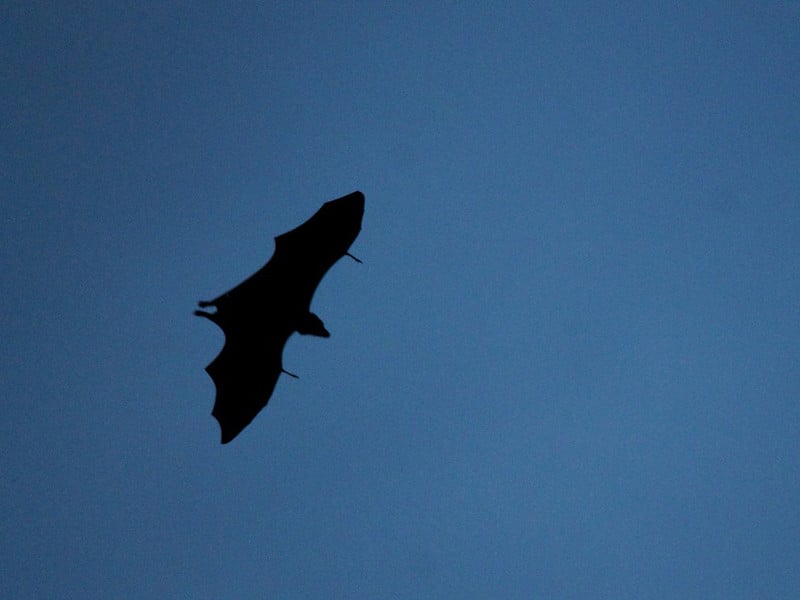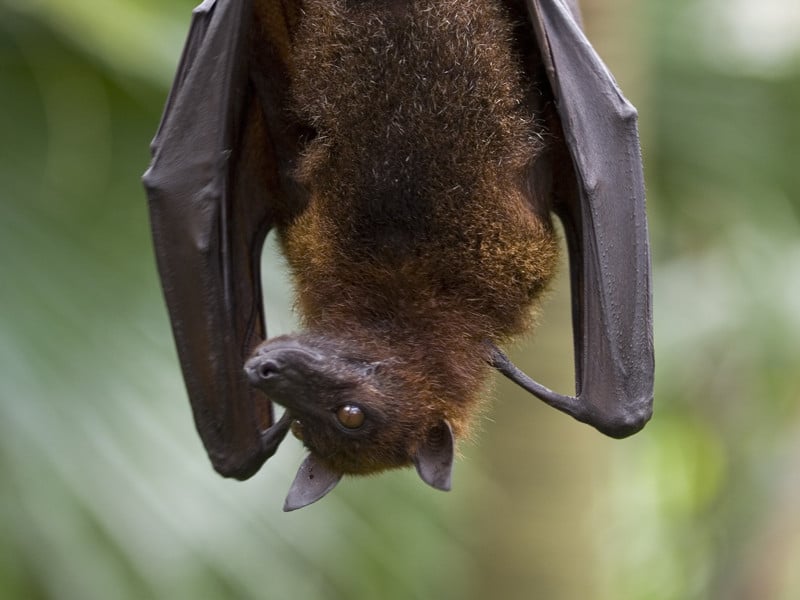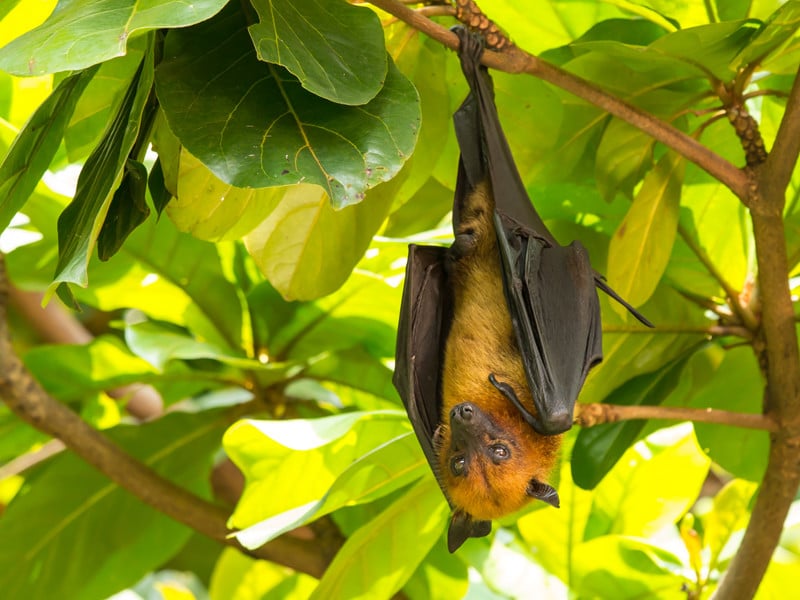Little Brown Bat – Myotis lucifugus
Description
The Little Brown Bat is a species that is well known. It is very small with an overall body size that is from 2.5 inches to 4 inches. They also weigh no more than half an ounce. The span of their wings when outstretched can be up to 11 inches. They are brown in color and they have ears which are short and round.
It is very small with an overall body size that is from 2.5 inches to 4 inches.
Distribution
The Little Brown Bat is typically found living around swamp lands. They have been found living in Alaska. They are also well known in areas of Georgia and Arkansas. The largest recorded number of them in the United States happens to be in New Hampshire. The only states where they aren’t known to live include Texas, Florida, and Mexico. This is strange to experts though since those are humid regions and these bats certainly do live the humid areas.
The Little Brown Bat is the one that people are the most familiar with. There are more of them in the United States and Canada than of other species combined of bats. Those that live in colder regions including Alaska take part in hibernating during the winter. This can take up six months per year, so they aren’t always seen in the high numbers that are really out there.
Their hibernation cycle can last from four to six months.
Behavior
The Little Brown Bat sleeps and grooms during the day. They are fast creatures and hunt by night. They live in caves and mines during the winter months. Their hibernation cycle can last from four to six months.

Diet /Feeding
The swampy habitat for the Little Brown Bat offers them access to plenty of insects. They also have access to water for drinking. Wasps and moths are the majority of their diet in such an environment. They can consume up to half of their body weight each night when it comes to their eating habits.
Most of the time the Little Brown Bat will consume its meals while in flight. They have very sharp molars. They have canines that are shaped in a manner that allows them to hold onto their prey while they are in flight. They will also use the tip of their wing to capture food.
They are known to eat insects off of the fur of other types of animals too. Humans observing such behavior often mistake these actions. They assume the bats are biting those animals but that isn’t the case. The use of echolocation allows them to easily find their prey in the dark.
When a Little Brown Bat doesn’t find enough food to eat on a given day, it will have to slow its body rate while sleeping during the day. This process allows it to conserve energy. Otherwise it may become too weak to be able to fly about and look for food the next night. Usually though they have no trouble finding enough food each night.
Reproduction
The females are able to delay the fertilization of the sperm and the egg.
The female Little Brown Bat is ready to mate from 7 to 9 months of age. The males mature later, when they are about 1 year old. Even though mating occurs in the fall, the females are able to delay the fertilization of the sperm and the egg. She won’t allow that to occur until spring time.
The young are born in either late June or early July. Typically only one young is born at a time. They grow very fast, consuming the milk from their mother’s body. They can’t fly at birth so they are vulnerable. They hold onto her midsection and hang there. By the time they are a month old though they are already self-sufficient members of the colony.







